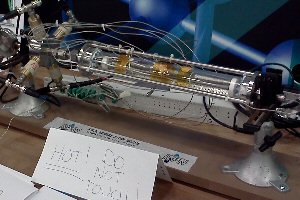
Aug. 10, 2012 – By Steven B. Krivit –
The 17th International Conference on “Cold Fusion” takes place next week in Seoul, Korea.
A few dozen researchers — mostly the people who have been active in the field for the last 23 years — will give presentations. The conference schedule is here. The presenters include researchers from the U.K., U.S., Italy, Russia, Ukraine, Japan, India and China.
I spoke with Frank Gordon, the co-chair of the ICCF-17 conference, earlier this week and asked him about forthcoming highlights. Continue reading »



